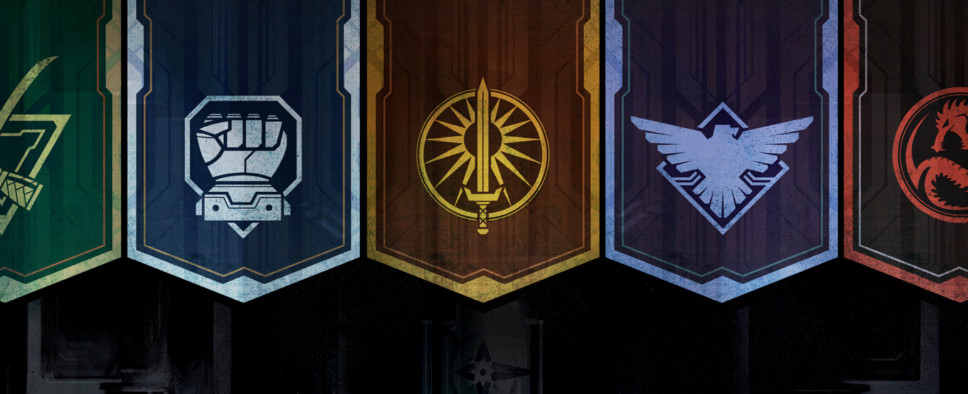Jordan Weisman on Bringing BattleTech into the Digital Realm
-
Category: News ArchiveHits: 2315

Jordan Weisman, the creator of BattleTech and Shadowrun, and the founder of Harebrained Schemes, has recently spoken to Gamasutra about his upcoming BattleTech video game. He mentioned the challenges of transposing tabletop mechanics into the digital realm and offered a brief overview of the game's story that draws inspiration from the Roman Empire.
An excerpt:
Weisman says that the new BattleTech models damage to individual components of a mech and the systems mounted there. (If a leg is blown off, the missile pod attached to it is no longer available, just as it was in the tabletop game.) The game will also feature more sophisticated interactions than previous PC games. For instance, huge impacts to the mech can stun or wound pilots. It was those sorts of advanced mechanics that Weisman wanted to retain from the original tabletop BattleTech.
But the team quickly discovered that complete fidelity was impossible. “My original 35-year-old tabletop design is both our biggest asset and also one of our biggest challenges."
Harebrained discovered that they had to subtly change some of the original mechanics in order to offer players' more discreet risk/reward relationships, and attempt to overcome some of the original game's limitations, such as making the smaller mechs more valuable in combat.
[...]
Giving players control of a small company of mercenaries rather than putting them at the head of a noble house gives the player more agency, Weisman says, and allows for more freedom of movement and less static engagements. “Of course, that freedom comes at the cost of having to bear the costs of keeping your company afloat. As the player navigates the stars of the Periphery and takes contracts from the many pirate kings and petty dictators that reside there, their mercenary company builds reputation with each of them and eventually with the Noble Houses themselves.”
Incorporating this sort of narrative structure and building an open campaign gives each battle more meaning and, more importantly, allows Weisman and his team to incorporate more of the BattleTech universe’s history and lore, one of the most compelling dimensions of the franchise.
Weisman also considered historical parallels from outside of the BattleTech universe. Despite its far-flung science fiction setting, with giant mechs and vast space ships battling amongst the stars, Weisman insists that BattleTech is grounded in real history.
“I have always believed that stories based upon historical circumstances just feel more authentic to human nature,” Weisman says. “BattleTech is a retelling of the story of the rise and fall of the Roman Empire mixed with the concepts of nobility from the middle ages, and a WWII aesthetic. The initial game is set during our equivalent of the period of Roman Successor States, when the city states of Rome battled with each other to be the seat of the resurgent Roman Empire.”
This sense of fractured empire is the core of the BattleTech setting, one where a stagnant elite has divided along lines defined by ancient loyalties and wages a seemingly endless series of internecine wars.
“Of course, the result was not a resplendent Rome, but a technological and sociological decline into the dark ages, setting up the opportunity for the Mongols to invade," Weisman explains. He adds that people who know the history of Rome will see the parallels to BattleTech touchstones like the Noble Houses of the Inner Sphere and the Clan Invasion.

